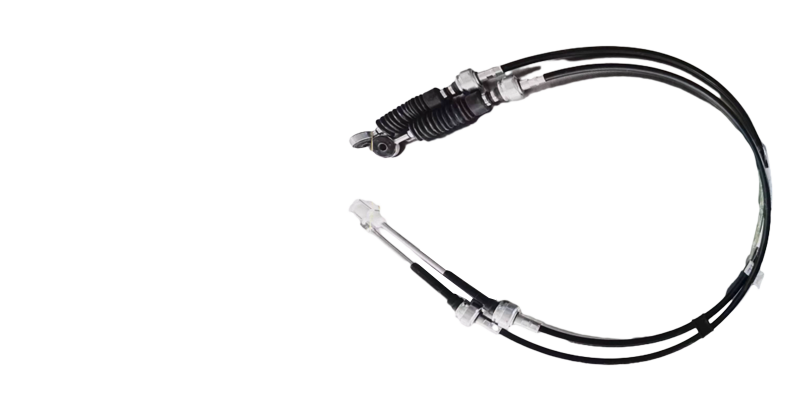throttle link
Understanding Throttle Link A Key Component in Engine Management
In the realm of automotive technology, a throttle link may seem like a minor component, but it plays a crucial role in the overall performance and efficiency of an engine. This article explores what a throttle link is, its importance, how it functions, and the implications of its performance on modern vehicles.
What is a Throttle Link?
The throttle link, often referred to as the throttle linkage, is a mechanical connection between the accelerator pedal and the throttle body of an internal combustion engine. Its primary purpose is to relay the driver’s input on the accelerator pedal to the engine management system, which adjusts the airflow into the engine accordingly. In simpler terms, when a driver presses down on the accelerator, the throttle link enables the throttle valve to open, allowing more air to enter the engine. This influx of air is crucial for the engine to generate more power and speed.
The Importance of Throttle Linkage
The throttle link is a vital part of a vehicle's performance for several reasons
1. Responsiveness A well-functioning throttle link ensures that the engine responds promptly to the driver's commands. This responsiveness is essential for achieving smooth acceleration and deceleration, which are critical for both safety and comfort while driving.
2. Fuel Efficiency The throttle link aids in maintaining optimal air-fuel mixtures for combustion. A properly adjusted throttle helps the engine run more efficiently, which can improve fuel economy and reduce emissions. In contrast, a malfunctioning throttle link can lead to poor performance and increased fuel consumption.
throttle link

3. Engine Protection The throttle linkage plays a protective role in preventing fuel cut-off situations that can occur during acceleration. By ensuring that the throttle opens correctly and at the right time, the throttle link helps protect the engine from stalling or running too lean, which can cause overheating or damage.
How Throttle Linkage Works
Traditionally, throttle linkages were purely mechanical, relying on rods, levers, and cables to transmit movement from the accelerator pedal to the throttle body. However, with advancements in technology, many modern vehicles now use electronic throttle control (ETC) systems. In these systems, sensors detect the position of the accelerator pedal and send signals to an electronic control unit (ECU), which adjusts the throttle electronically.
Despite these advancements, the fundamental concept remains the same the throttle link must accurately convey driver input to the engine to optimize performance. In both mechanical and electronic systems, calibration is essential to ensure that the throttle opens and closes smoothly, reflecting driver intentions accurately.
The Impact of Malfunctioning Throttle Linkage
A malfunctioning throttle link can manifest in various ways, including sluggish acceleration, unresponsiveness to pedal input, or erratic engine behavior. This can be caused by wear and tear, misalignment, or issues with the electronic sensors in modern cars. In addition to the inconvenience of poor performance, these issues can lead to increased fuel consumption and unnecessary stress on the engine, ultimately resulting in costly repairs.
Conclusion
The throttle link, while often overlooked, is a critical component that directly impacts a vehicle's performance, efficiency, and safety. Understanding its function and importance can help drivers appreciate the intricacies of engine management. Regular maintenance and timely repairs are essential to ensure that the throttle link operates optimally. As automotive technology continues to evolve, the reliance on this component will only grow, emphasizing the need for an understanding of its mechanics for both industry professionals and everyday drivers alike.
-
Workings of Clutch Pipe and Hose SystemsNewsJun.04,2025
-
The Inner Workings of Hand Brake Cable SystemsNewsJun.04,2025
-
The Secrets of Throttle and Accelerator CablesNewsJun.04,2025
-
The Hidden Lifeline of Your Transmission Gear Shift CablesNewsJun.04,2025
-
Demystifying Gear Cables and Shift LinkagesNewsJun.04,2025
-
Decoding Clutch Line Systems A Comprehensive GuideNewsJun.04,2025
